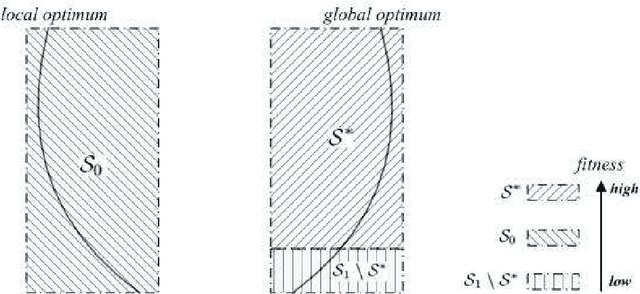A Large Population Size Can Be Unhelpful in Evolutionary Algorithms
Paper and Code
Aug 11, 2012
The utilization of populations is one of the most important features of evolutionary algorithms (EAs). There have been many studies analyzing the impact of different population sizes on the performance of EAs. However, most of such studies are based computational experiments, except for a few cases. The common wisdom so far appears to be that a large population would increase the population diversity and thus help an EA. Indeed, increasing the population size has been a commonly used strategy in tuning an EA when it did not perform as well as expected for a given problem. He and Yao (2002) showed theoretically that for some problem instance classes, a population can help to reduce the runtime of an EA from exponential to polynomial time. This paper analyzes the role of population further in EAs and shows rigorously that large populations may not always be useful. Conditions, under which large populations can be harmful, are discussed in this paper. Although the theoretical analysis was carried out on one multi-modal problem using a specific type of EAs, it has much wider implications. The analysis has revealed certain problem characteristics, which can be either the problem considered here or other problems, that lead to the disadvantages of large population sizes. The analytical approach developed in this paper can also be applied to analyzing EAs on other problems.
 Add to Chrome
Add to Chrome Add to Firefox
Add to Firefox Add to Edge
Add to Edge